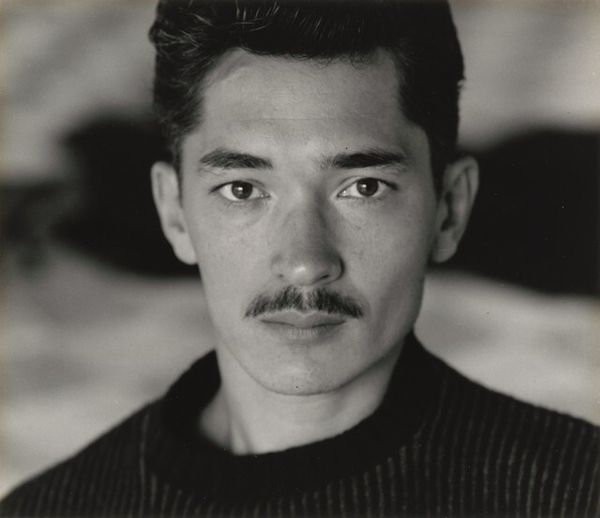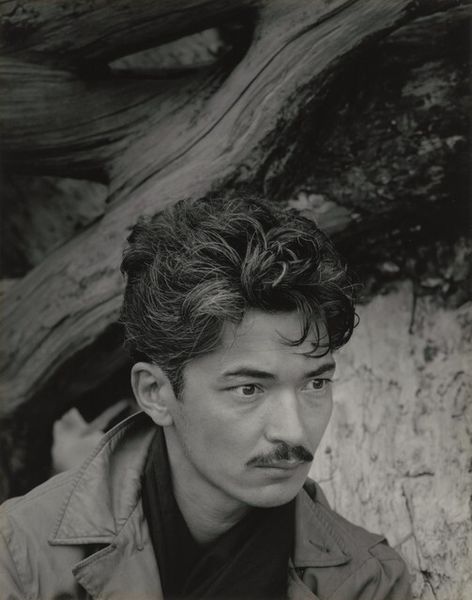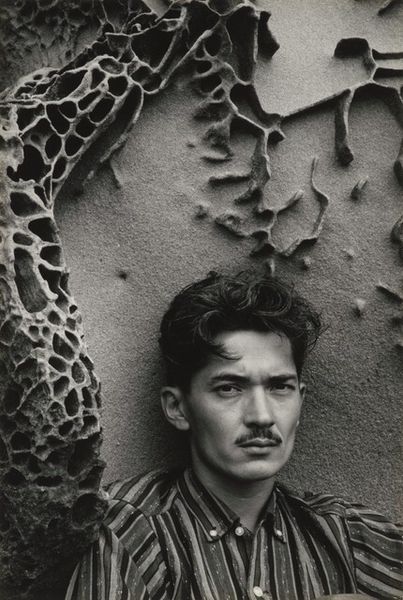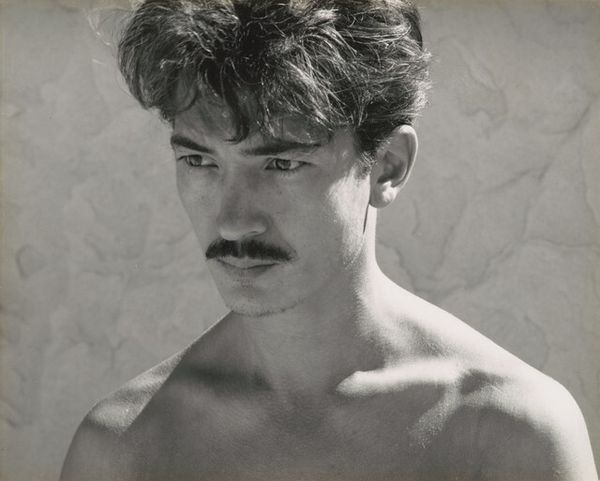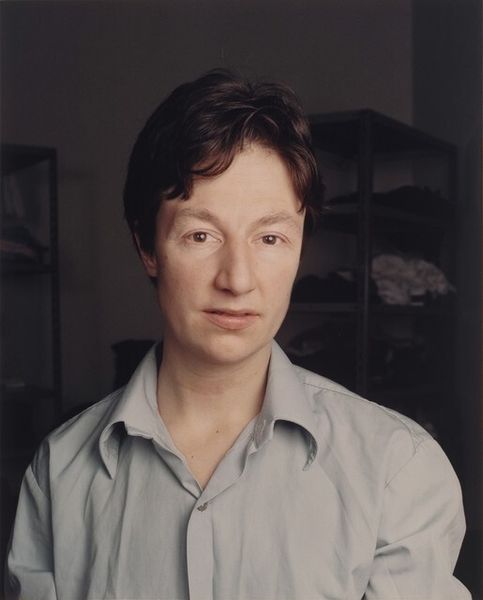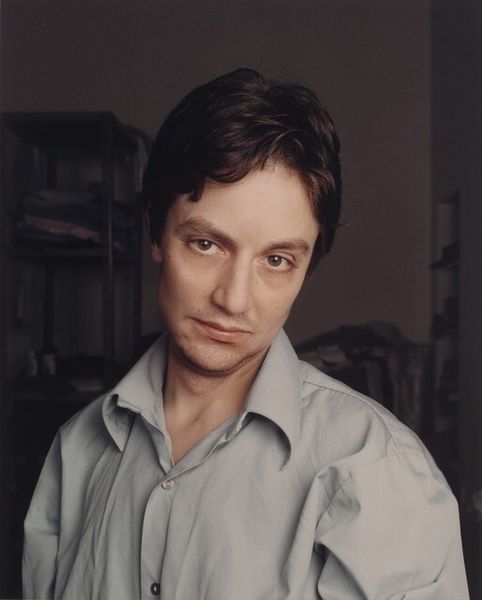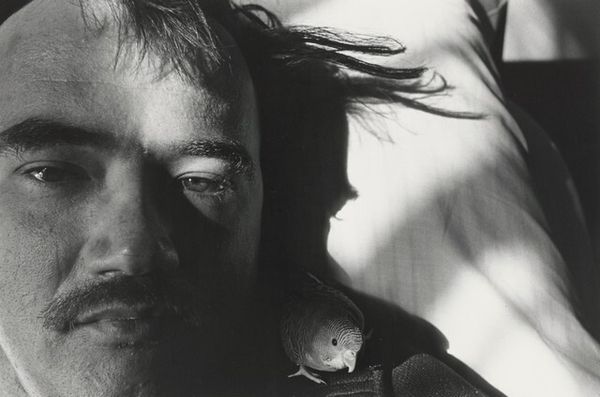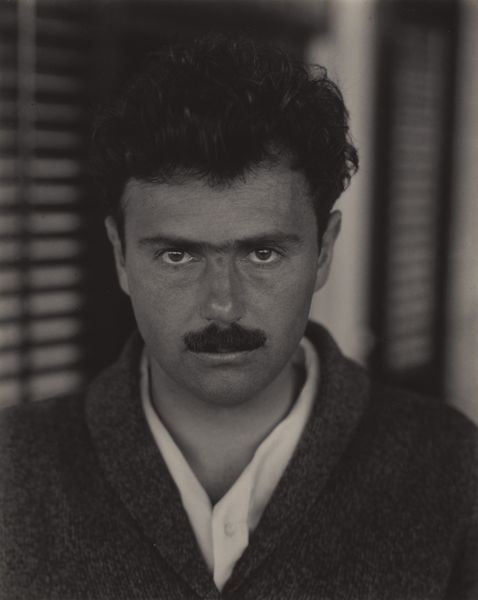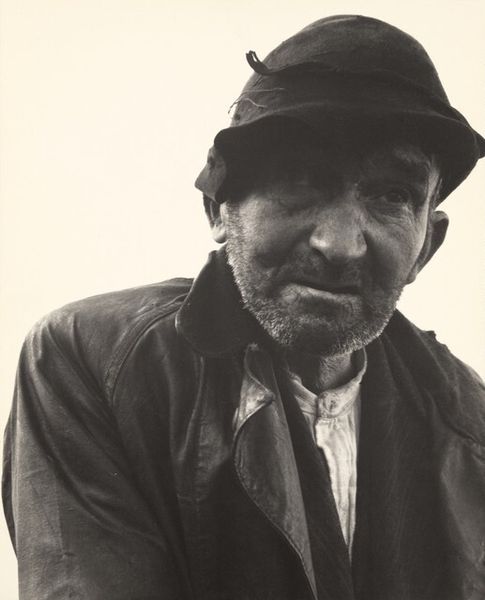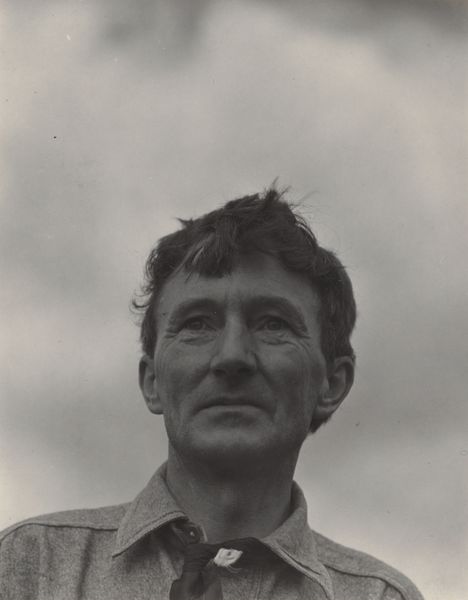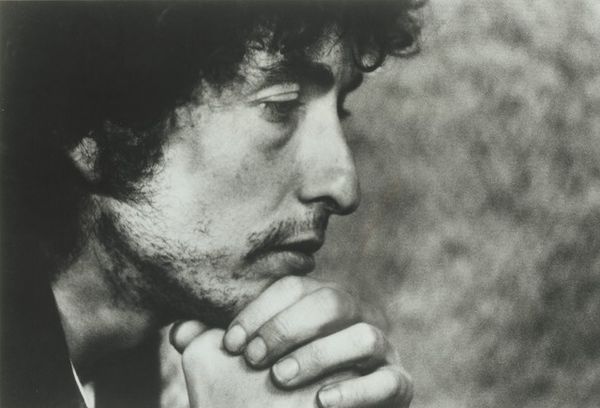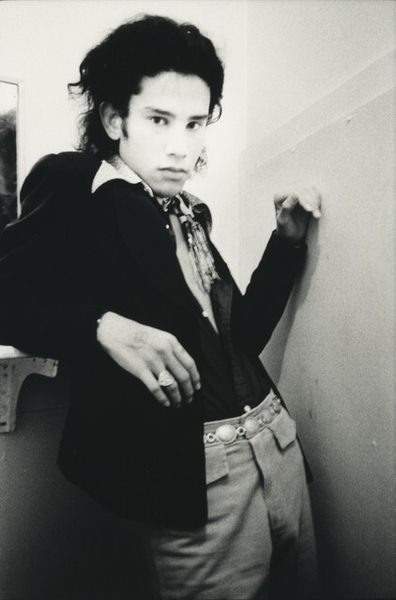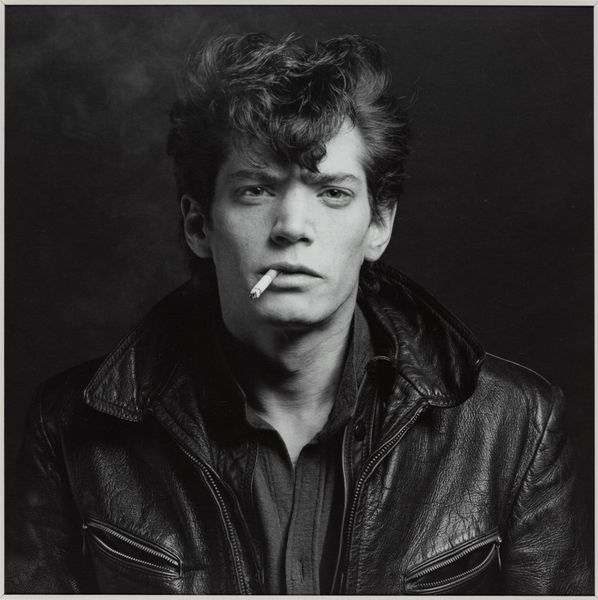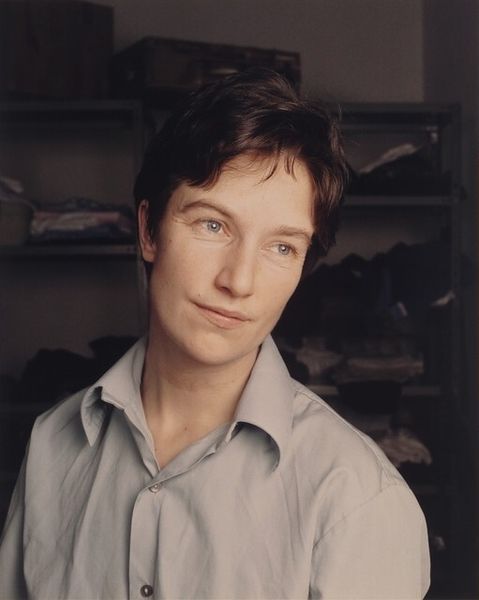
photography, gelatin-silver-print
#
portrait
#
self-portrait
#
low key portrait
#
portrait image
#
portrait
#
portrait subject
#
street-photography
#
photography
#
portrait reference
#
portrait head and shoulder
#
single portrait
#
gelatin-silver-print
#
facial portrait
#
modernism
#
celebrity portrait
#
digital portrait
Dimensions: image: 10.4 × 8.3 cm (4 1/8 × 3 1/4 in.) mount: 25.4 × 18.95 cm (10 × 7 7/16 in.)
Copyright: National Gallery of Art: CC0 1.0
Editor: Here we have Minor White's 1961 gelatin-silver print, "William LaRue, Capitol Reef, Utah." The tones are very soft and this person's gaze is intense. How would you interpret this work, considering the processes and materials involved? Curator: Well, considering its creation in 1961, we can immediately place this work within the evolution of photographic techniques and the rising accessibility of photography as both a documentary tool and an artistic medium. The gelatin-silver print itself speaks to a certain industrialization of art-making, a mass-producible image born from chemical processes and readily available materials. But it is also important to remember how a ‘straight’ photograph was culturally and artistically loaded then. The image’s production relied upon both commercial industry for the means and LaRue’s own labor to produce it. What choices do you think went into capturing the final image? Editor: I suppose a lot of attention to light and composition! Was this the cultural understanding of the time, considering straight photography was just starting to gain validation? Curator: Exactly! We have to examine the social implications, like questions around portraiture as work. Who owned the means of producing the portrait and how was value assigned both to the image, and to the labor of its creation? Furthermore, how does White's choice to photograph LaRue in this seemingly unadorned way affect our perception? Is it simply documentation, or is there a constructed narrative here? Editor: That’s really fascinating to think about it like that – less about an individual expression, more about the mechanics of production and how it relates to the subject, the photographer, and, eventually, the viewer. Thank you! Curator: Indeed, analyzing the material processes brings to light the power dynamics inherent in even the seemingly simplest of artworks. There is no value-neutral artistic work.
Comments
No comments
Be the first to comment and join the conversation on the ultimate creative platform.
